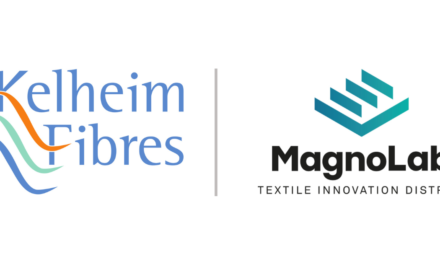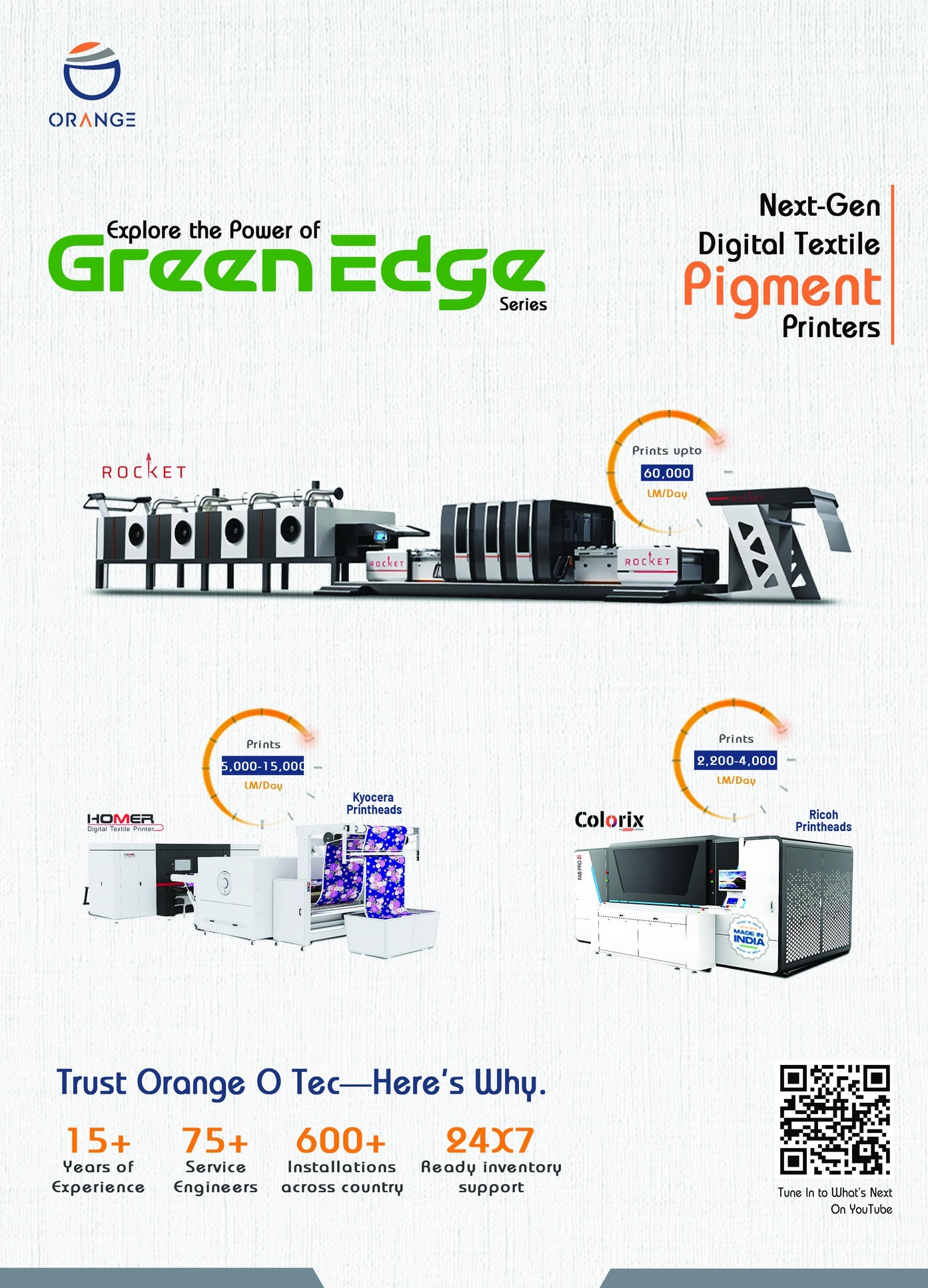 Researchers at Texas A&M University have developed a new class of biomaterial inks for use in the 3D printing of products such as wearable medical devices featuring flexible electronics. They say the inks are able to mimic the characteristics of human tissue, like skin, and are essential for the 3D printing of wearable, implantable or ingestible applications.
Researchers at Texas A&M University have developed a new class of biomaterial inks for use in the 3D printing of products such as wearable medical devices featuring flexible electronics. They say the inks are able to mimic the characteristics of human tissue, like skin, and are essential for the 3D printing of wearable, implantable or ingestible applications.
Flexible electronics now enable sensors to be incorporated on stretchable layers of such devices but have very different properties to human tissue and cannot be fully integrated with the body. The new biomaterial ink leverages a new class of 2D nanomaterials, known as molybdenum disulfide (MoS2), which can be combined with modified gelatin to obtain a flexible hydrogel ink.
“The impact of this work is far-reaching in 3D printing,” said Akhilesh Gaharwar, Associate Professor in the Department of Biomedical Engineering at the university. “This newly designed hydrogel ink is highly biocompatible and electrically conductive, paving the way for the next generation of wearable and implantable bioelectronics.”
The study, published in the peer-reviewed, scientific journal ACS Nano, says the ink has thinning properties that decrease in viscosity as force increases, so it’s solid inside a tube but flows when squeezed, like ketchup or toothpaste.
“These 3D-printed devices are extremely elastomeric and can be compressed, bent or twisted without breaking,” said Kaivalya Deo, a graduate student in the biomedical engineering department and lead author of the paper. “In addition, these devices are electronically active, enabling them to monitor dynamic human motion and paving the way for continuous motion monitoring.”
The electrically conductive 3D-printed hydrogel ink can create complex 3D circuits allowing researchers to make customisable bioelectronics tailored to patient-specific requirements. Potential applications include the 3D printing of electronic tattoos for patients with Parkinson’s disease to monitor tremors. A provisional patent has been filed.
















